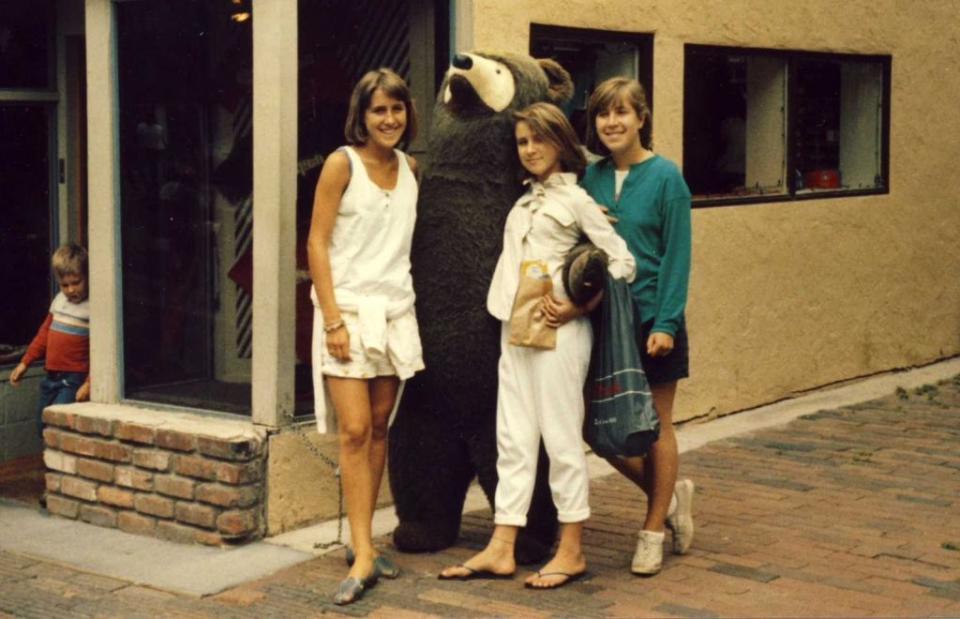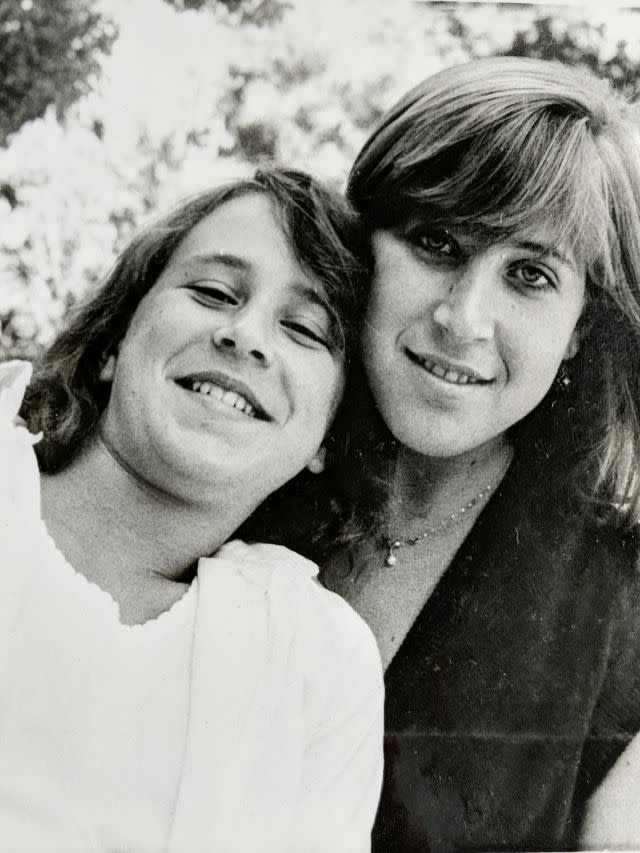What a 1980 Volvo taught Susan and Anne Wojcicki about trust

An inevitable truth of parenting is that at some point, despite your best efforts, your children might lose their trust in you. This happened to me—briefly—and has become one of the Wojcicki clan’s most famous family stories.
The problem was that we had three teenage daughters—Susan (who became the CEO of YouTube), Anne (who became the CEO of 23andMe), and Janet (who became an anthropologist)—who wanted to drive at the same time. Not easy for a family on a budget. Susan inherited our 1963 Volvo—with stick shift on the floor!—that we’d bought while living in Europe and shipped to California. I figured Volvos were the safest cars on the road and perfect for the beginning drivers in our family: anyone in an accident with a Volvo would lose. They’re built like tanks—all steel, no plastic.
By the time we gifted that car to Susan, it had more than 300,000 miles on it but was still going strong. When she took her driver’s test, the DMV employee looked terrified! She passed with flying colors, probably because he wanted to get out of that ancient Volvo.
Susan was taken care of, but I still had to figure out what to do about Janet and Anne. We couldn’t afford two more cars. But then I stumbled on a bargain: another trusty Volvo, this one a four-door sedan in that muted shade of brown that screams the 1970s. I love bargains, and I love Volvos. So I bought it and came up with a creative solution that I laugh about to this day.
I love bargains, and I love Volvos. First, I gave the car to Janet, who was a freshman at Stanford. She wanted to keep it with her at school, but I wisely said that there were parking problems on campus and it was expensive, and so she should leave the car at home. She agreed. But since the car was often sitting there, I decided to also “give it” to Anne, who was still in high school. Both girls thought it was “their car.” A little white lie.
I know it sounds kind of crazy, but it worked for over a year. And then one day they found out that they’d each been “given” the car. As you can probably guess, they weren’t happy with me.

Future Volvo drivers Susan and Anne Wojcicki.
Actually, that’s an understatement. They were furious. I apologized profusely and tried to explain myself. Eventually they listened. I told them I understood that they felt betrayed, and explained that my motivation had been to give them both the gift they wanted. In the end, they forgave me, partly because I agreed to buy another old car, but also because I listened to them. Listening makes such a huge difference. Plus, we could all laugh about it. Eventually.
Even today they bring up this story. At least now they acknowledge my creativity: I’m never beyond being creative. Whenever I give Anne a gift, she always asks if it’s really for her or if I’ve given it to Janet too!
By the time your kids get out into the work world, their ability to trust themselves, their ideas, and their coworkers will be a huge asset. Fearless kids have the best chance of succeeding—especially if they’re innovators.
I remember the early days of Google when Larry Page and Sergey Brin, the company’s co-founders, agreed to rent the ground floor and garage of Susan’s house as their first office space. They were two young computer scientists with a great idea, and they needed somewhere to work. Susan needed help paying her mortgage. It seemed like a perfect arrangement, and Larry and Sergey were obviously up to something super interesting. But Susan had no clue that they’d be there all the time, hunched over dozens of computers in the garage. Cables ran up and down the hallway, which I tripped on every time I visited. There was even a computer perched on the bathroom sink!
Having them in the house was exciting, but it also had some drawbacks. One was that they were hungry at night (not surprising because they never stopped working), and the closest food was in Susan’s refrigerator—not part of their rental. When you’re starving at 2 am, you just “borrow” the food and then plan to replenish it the next day. But when Susan came down in the morning for breakfast, her food was gone.
Eventually she gave them her refrigerator when she bought herself a new one. That solved the problem—as long as they remembered to keep it stocked. Now there’s food available 24/7 for Google’s employees, and that may be inspired by all those all-nighters at Susan’s house.
When Larry and Sergey first moved in, Susan was working at Intel. She took a chance and joined Google as its 16th employee, and was immediately given large responsibilities, including marketing Google and creating several key consumer products such as Google Images and Google Books. Larry and Sergey were focused on the search engine and making the world’s information searchable and useful to all of us. Their goal was not to make money; it was to make the best search engine, which was no small task.
Susan was accustomed to having faith in herself and taking on big challenges, and she loved the atmosphere of freedom and trust, despite all the chaos. This company ethos powered some of Google’s most renowned policies, including the 20% time policy, which was based on trust and respect for an employee’s interests. Employees were given 20% of their time to work on individual projects that in some way related to Google’s goals. They could choose any-thing they were passionate about. Gmail, for example, came out of a 20% project, as did a lot of other innovative programs and concepts. It was a perfect example of the role of trust in innovation. Google is consistently voted the number one place to work. And the company continues to show us that work can be a place to trust and respect each other in the process.
Don’t we want to extend this same kind of trust to our children? Of course we want to train our children to work in an environment where they are trusted and respected, not monitored all the time. If we do, if our children have the trust and confidence to thrive on the cutting edge, they’ll be the ones that companies like Google seek out. And they’ll be the ones to have the next big breakthrough.
Excerpted from How to Raise Successful People by Esther Wojcicki. Copyright © 2019 by Esther Wojcicki. Published and reprinted by permission of Houghton Mifflin Harcourt. All rights reserved.
Sign up for the Quartz Daily Brief, our free daily newsletter with the world’s most important and interesting news.
More stories from Quartz:

 Yahoo Finance
Yahoo Finance 